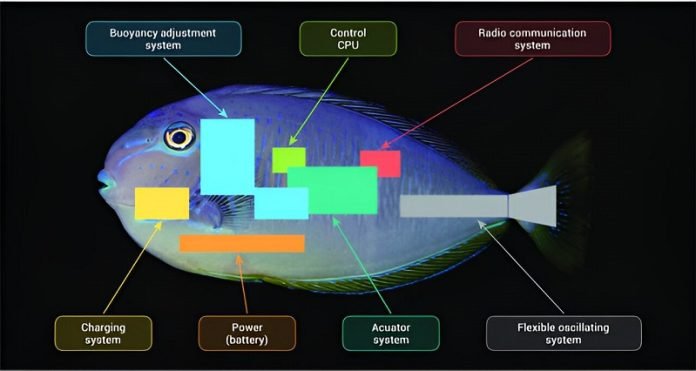
Over 80% of the world’s oceans remain unexplored, largely due to the extreme conditions found in deep-sea environments such as immense pressure, total darkness, and icy temperatures.
But as interest grows in the ocean’s untapped resources, researchers are drawing inspiration from fish to design better submersibles—vehicles that can dive deep into the ocean.
Most current submersibles can’t reach or withstand the deepest parts of the ocean, like the Challenger Deep in the Mariana Trench, which is about 36,000 feet deep near Guam.
These deep-diving vehicles are expensive to make and operate, limiting how many are produced.
Submersibles are used for many purposes, including rescuing people, maintaining underwater equipment, and exploring underwater ruins.
To make them more cost-effective and efficient, engineers are looking to the natural world for ideas.
A team from Westlake University, led by Professor Weicheng Cui, recently discussed how the future of underwater exploration is likely to be shaped by these innovations in a study published in the Ocean-Land-Atmosphere Research journal.
Historically, early submersibles were bulky, heavy, and tough to move around. They were made from high-strength steel and relied on gasoline for buoyancy.
However, newer designs are using advanced materials and technologies to make these vessels lighter, stronger, and easier to maneuver.
The most exciting development in this field is the creation of robotic fish-type submersibles. Unlike traditional submersibles that use propellers and rudders to move, these new models mimic the way fish swim, moving through water with less noise and disturbance.
This fish-like movement not only improves how these vehicles handle but also makes them more energy-efficient.
Yet, turning these fish-inspired designs into practical, working submersibles is challenging. They need advanced sensors and control systems to handle the complex underwater environment, requiring a mix of expertise from different fields such as hydrodynamics, material science, and artificial intelligence.
The research team at Westlake University has already made a prototype called the Sea Guru I, primarily to show that their ideas could work.
They are now planning to build the next version, Sea Guru II, which will aim to perform better and eventually, they hope to develop a third model capable of reaching the deepest parts of the ocean.
These advancements could dramatically change how we explore and interact with our planet’s last uncharted territories.
By learning from the sea’s natural inhabitants, researchers are paving the way for future generations to discover the mysteries hidden beneath the ocean’s surface.



